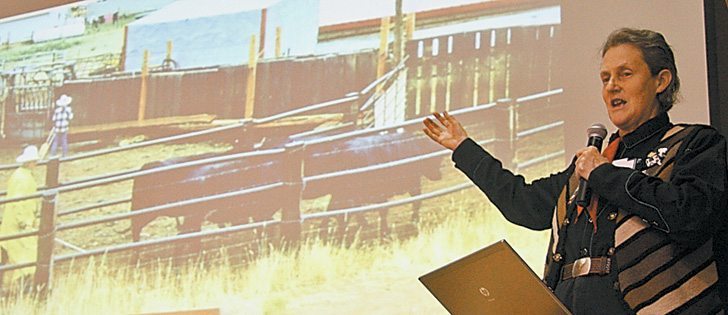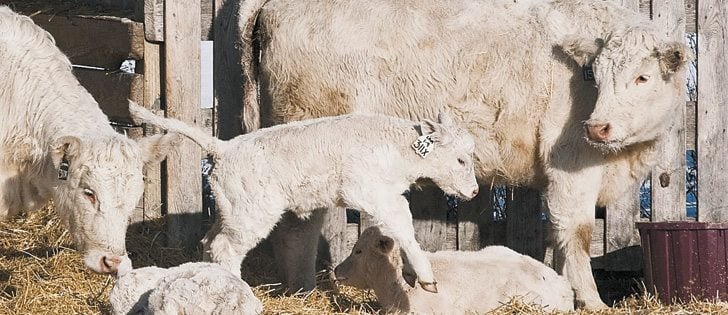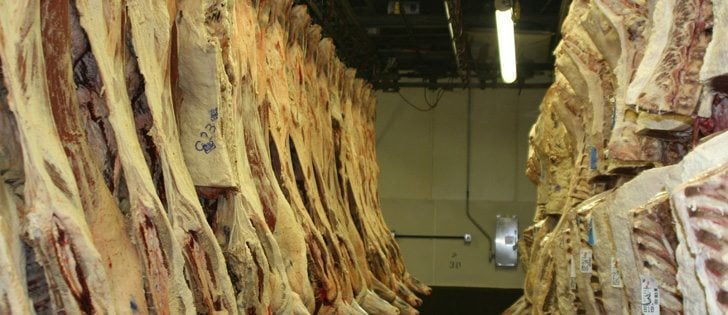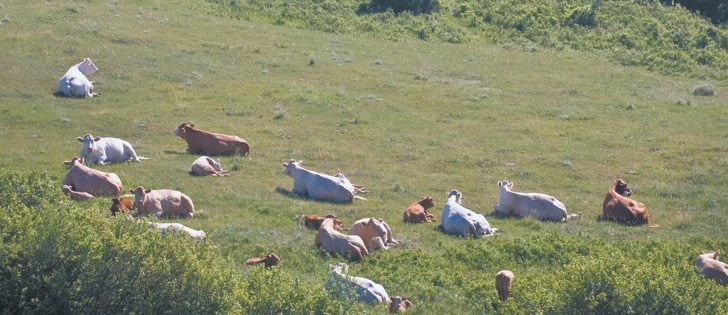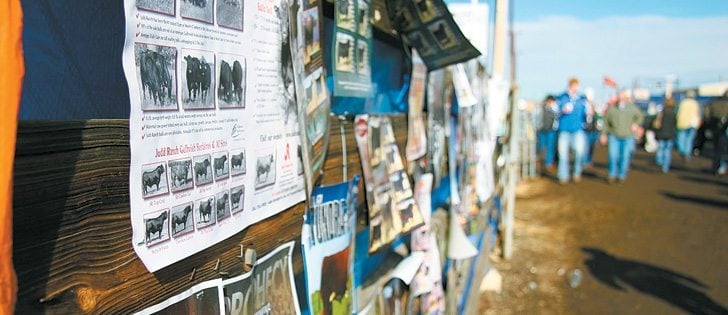We are losing a bit of the science and art of calving a cow because fewer cows give us problems these days.
The new generation on the farm will generally have much less of a chance to use a calf puller and apply a calving chain.
It is a wonderful thing that genetics and breeding selection has significantly reduced the need to assist cows. It decreases labour significantly at calving, and there is no doubt calves born unassisted have much less stress than those born after a hard pull.
Read Also
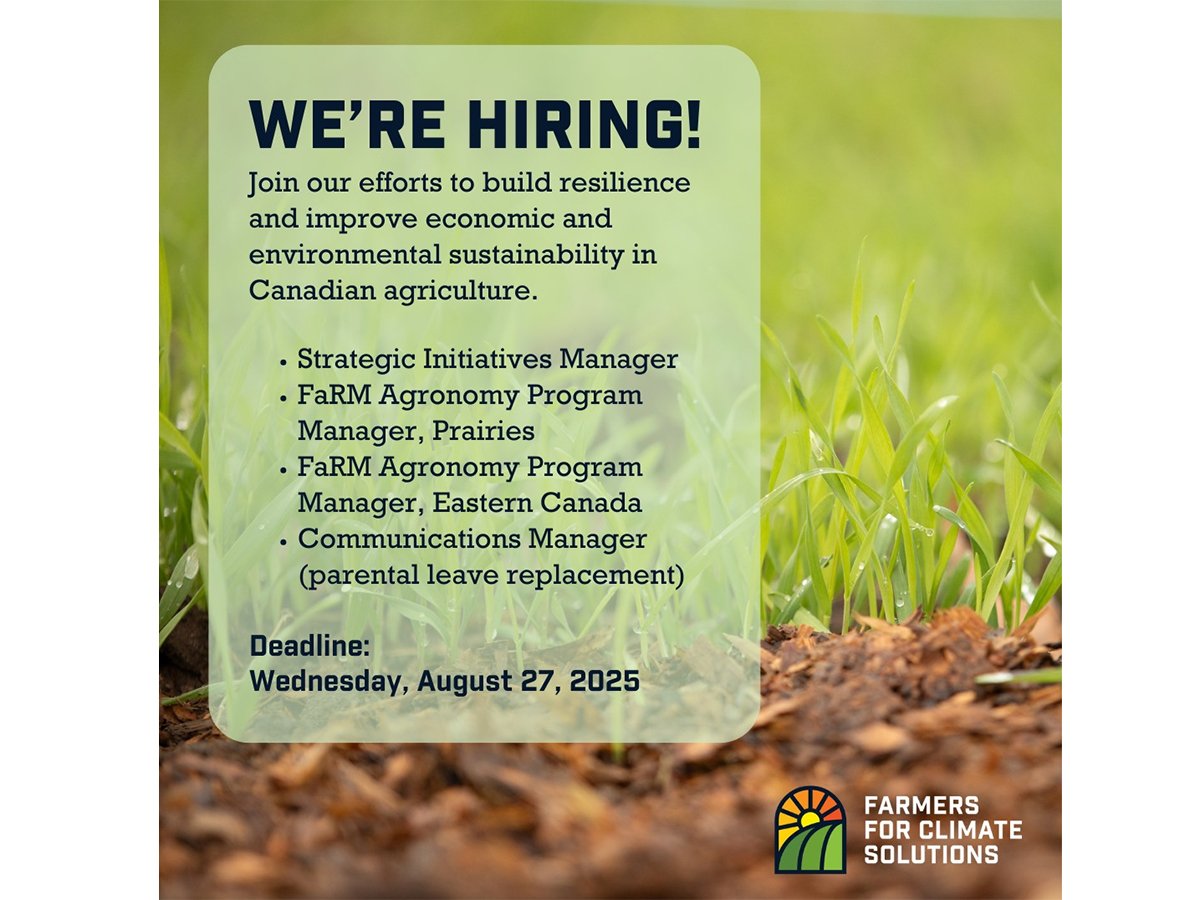
Environmental farm group has Ottawa’s attention
In 2021, Farmers for Climate Solutions published a report on how Canada should reduce emissions from agriculture. Not long after, the federal government implemented most of the recommendations in the report.
However, how do we provide at least some experience for these new producers, farm workers and young veterinarians so they understand how to get the job done when a tough calving does come along? The problems that do crop up, albeit infrequently, are usually difficult ones.
This dilemma also exists for final year veterinary students doing caesarean sections and calving cows. We breed to not need caesareans, but where do the new graduates get the necessary experience to handle a fetal monster, a heifer calf bred by mistake, co-joined twins, a schistosomas reflexus (inside out calf), or the rare fetal oversize?
Older veterinarians like me had to attend lots of calving related problems, caesareans and prolapses created by fetal oversize and harder deliveries. Those days are hopefully gone and won’t return because of proper bull selection, heifer selection and breeding.
Veterinary colleges have tried to find new models to teach budding veterinary students. Some of these ideas could also be used for new producers.
My guess is producers of the future will more frequently turn to their veterinarians to try to “save the day” because calving problems are so rare. This is where we as mentors of the next generation of veterinary students need to give new graduates a feel for this part of large animal practice.
The Western College of Veterinary Medicine in Saskatoon has been sending students to veterinary clinics in peak calving season. Although calving season for us is now just a blip on the radar, a larger clinic can have students jump from obstetrical case-to-case experience going on call and assisting the veterinarian with the infrequent C sections .
Teaching videos and being able to handle a calf puller can provide valuable experience.
A few new producers have occasionally ridden with me to get a little calving experience. Just feeling inside the vagina of a calving cow and applying the obstetrical chains properly goes a long way to building confidence and improving dexterity.
You also learn how to properly restrain a calving cow and how to keep yourself and the cow clean.
Producer seminars on calving used to be popular, but the need for them has diminished as calving problems became less frequent .
The University of Calgary’s veterinary medicine school has newer approaches involving lifelike models. For example, it has a rubberized calf with flexible joints so fetal malpresentations can be created for the students to solve.
Dr. Gordon Krebs of the Calgary school has created these models and is working on others to make the hands-on experience as realistic as possible.
Students will also go on a calving rotation at two large cattle operations that calve a large number of cows in a short period of time. Although there will be few major problems, at least handling the normal calving cow plus the subsequent calf care will give them a good start on their veterinary careers should they pursue mixed or large animal practice. The other subtleties can be explained and make sense once the basics of calving are learned.
Practicing things like a fetotomy (cutting a dead fetus in parts to facilitate delivery) on cadavers will give students good experience for the day when they might encounter them in practice.



